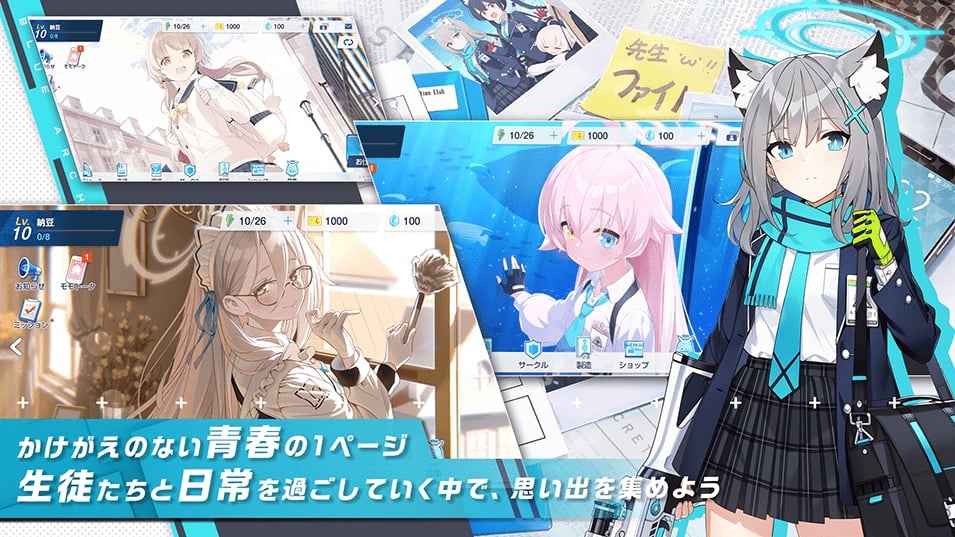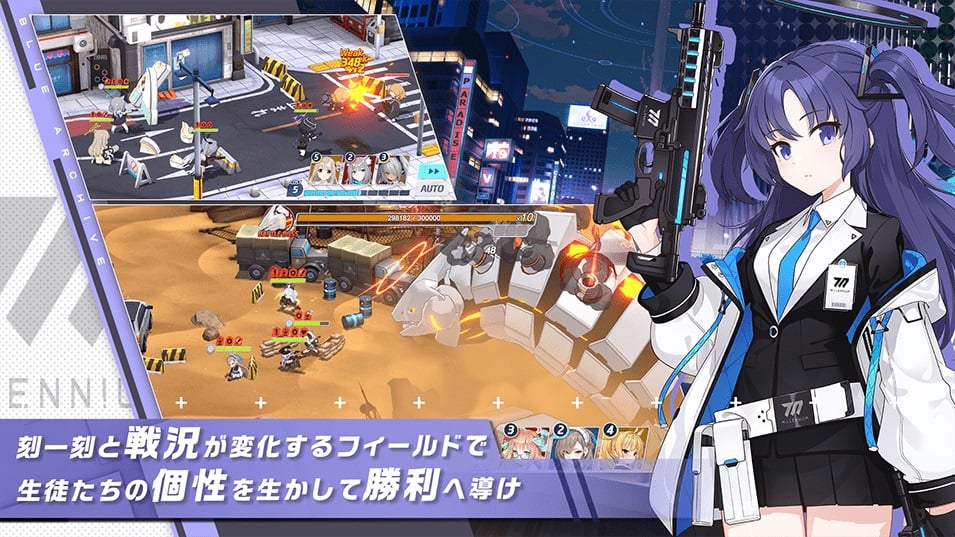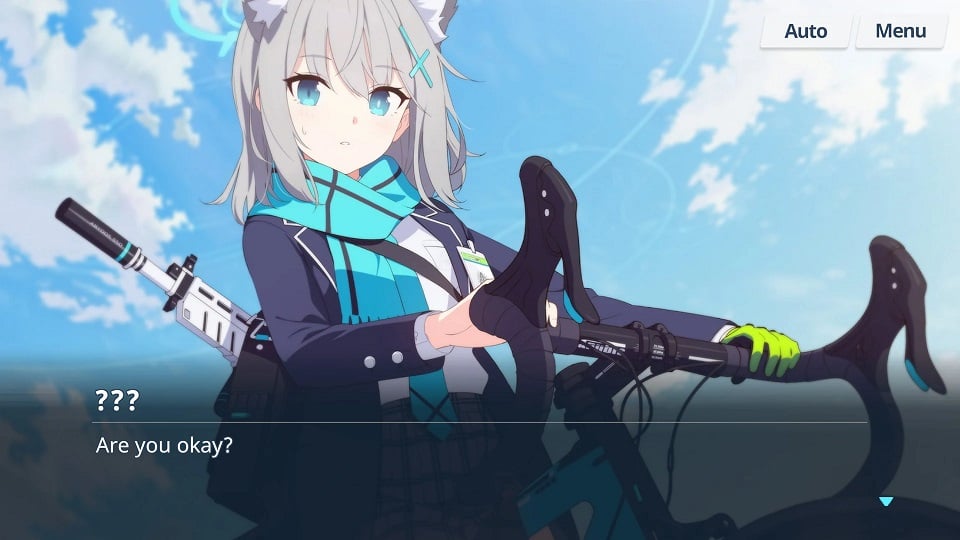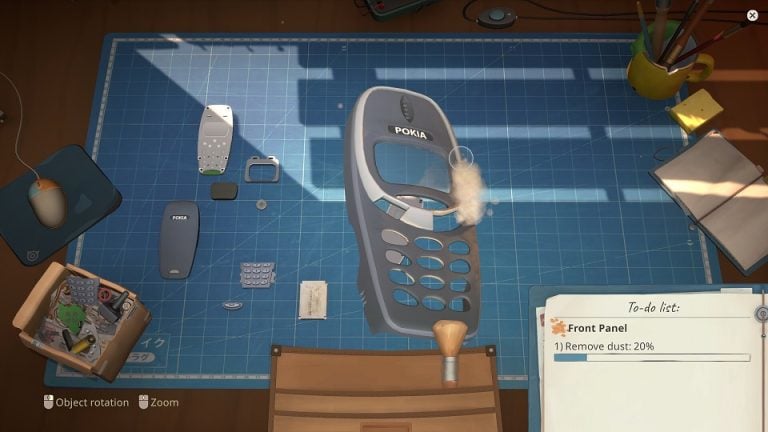Yongha Kim, producer of Blue Archive and head of Nexon Games’ IO Division, recently held an open lecture on the use of generative AI and machine learning tools in game development. As reported by Korean media outlet GameMeca, in the lecture titled “Developing bishojo games in the age of AI,” Kim talked about the ways the Blue Archive team has been implementing AI tools in its development environment. At the same time, he expressed a negative stance on the use of AI-generated artwork and characters.
“Players who enjoy character-oriented games don’t like AI-generated content. Even I feel a strong aversion towards spending money on images that are generated with a simple click,” he said. (via machine translation)

Kim explained that AI technology is still at a stage where it is difficult to utilize it to directly produce content. As an example, he brings up how he’d recently been making attempts to tackle level design using AI – to unsatisfactory results. He had the AI play Sokoban, a Japanese puzzle game, but apparently even the latest, more advanced models struggled when the difficulty level was increased slightly. “If the AI can’t solve puzzles, creating them is even more difficult,” Kim remarked. As an aside, modern AI models have a hard time solving cases in Ace Attorney too.
Furthermore, after reviewing many research papers on the topic, he tried using AI for motion capture and rigging. However, AI rigs had their bones attached in abnormal ways, making the characters unable to move – thus proving to be more inefficient than research papers had promised. “I tried working on it for a month or two, but then I gave up,” Kim admitted. If the production of AI-assisted content still poses a big challenge nowadays, how does the Blue Archive production team implement AI in their development work then?

According to Kim, Nexon has an in-house developed AI communication tool similar to a chatbot. It organizes vacation schedules, summarizes meetings and provides translation services. While not directly affecting development itself, the AI tool helps organize teams and reduce repetitive tasks that come up in an environment where multiple people work together, he explains.
As for use of AI that’s actually reflected in-game, Kim says that the Blue Archive dev team use AI for the “zoom-in” animated shots you see when you obtain a new character. This has helped ease the developers’ burden significantly, as it turns a task that would normally take two days into a 30-minute job.

While Kim maintains the stance that replacing humans with AI is not feasible, he emphasizes the importance of utilizing the technology to support human developers and help minimize repetitive and time-consuming work. “We need to approach this from the perspective of how to improve the convenience of the developers […] I believe that the roles of machine learning engineers and technical artists will become increasingly important in game development in the future.” Reportedly, Nexon Games’ IO Headquarters already has a dedicated machine learning team for developing AI – and their goal is to create tools that can help human developers in the long run, and give them more time and flexibility to concentrate on the aspects of development that require human creativity.
Related articles:
Japanese game developer says 80% of staff uses generative AI in their work





